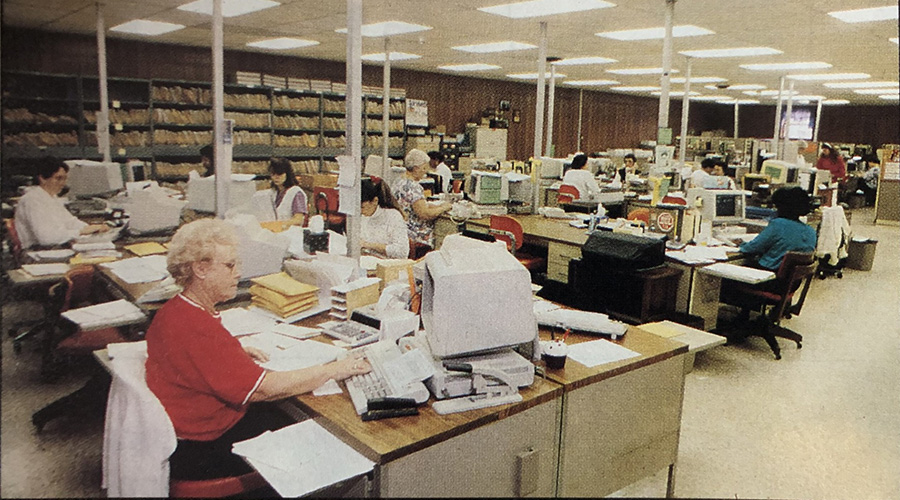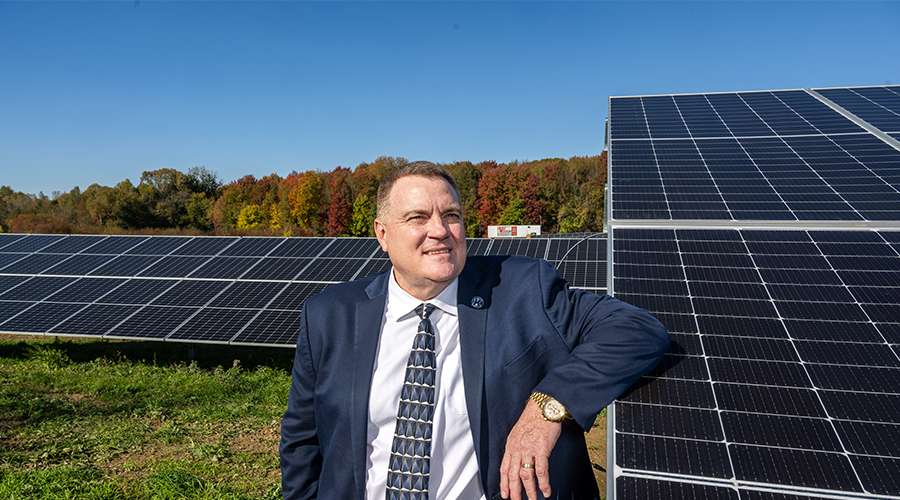Advanced BAS Assists With Providing Improved Data
Only 10 percent of buildings have building automation systems (BAS) in place, according to an estimate from a Pacific Northwest National Laboratory study prepared for the U.S. Department of Energy. I found that figure surprisingly low. What is less surprising is that of that 10 percent, most facilities do not use the full functionality of their systems.
Various reasons exist for this disparity, ranging from system complexity and difficulty of use to a lack of programmed functionality and operator know-how. Manufacturing is much more focused on measuring and monitoring system performance, though not necessarily as it relates to HVAC and lighting systems.
This strategy has not yet migrated from the manufacturing sector into commercial buildings. But as the commercial world enters an age in which measurement, monitoring, and reporting are mandated, conventional BAS might not be able to answer the need for better data, improved control, and increased efficiency.
The manufacturing world uses a more detailed level of system specificity for monitoring and controlling its systems — temperatures, pressures, power use, fluid flow, etc. Commercial facilities no doubt will soon begin borrowing from the manufacturing industry's approach.
The commercial building sector has borrowed well from manufacturing. While it takes time for technologies to develop to a point where they are appropriate for commercial use, managers applying their knowledge and creativity have an opportunity to be early adopters in the interest of better overall facility operations.
Agree? Disagree? Have something to say?
We want to hear from you. Visit myfacilitiesnet.com/Laurie Gilmer, and start a conversation.
Laurie Gilmer, P.E., CFM, SFP, LEED AP, CxA — is vice president of facility services with Facility Engineering Associates (FEA) — and leads FEA's facility asset management, building energy management, and sustainability services. She has assisted managers in improving building system operations, creating and implementing energy management plans, identifying energy-savings opportunities, and LEED certification for existing buildings. Her experience includes sustainability, LEED, systems analysis, energy audits, commissioning, building systems planning, and controls reviews.
Related Topics:














